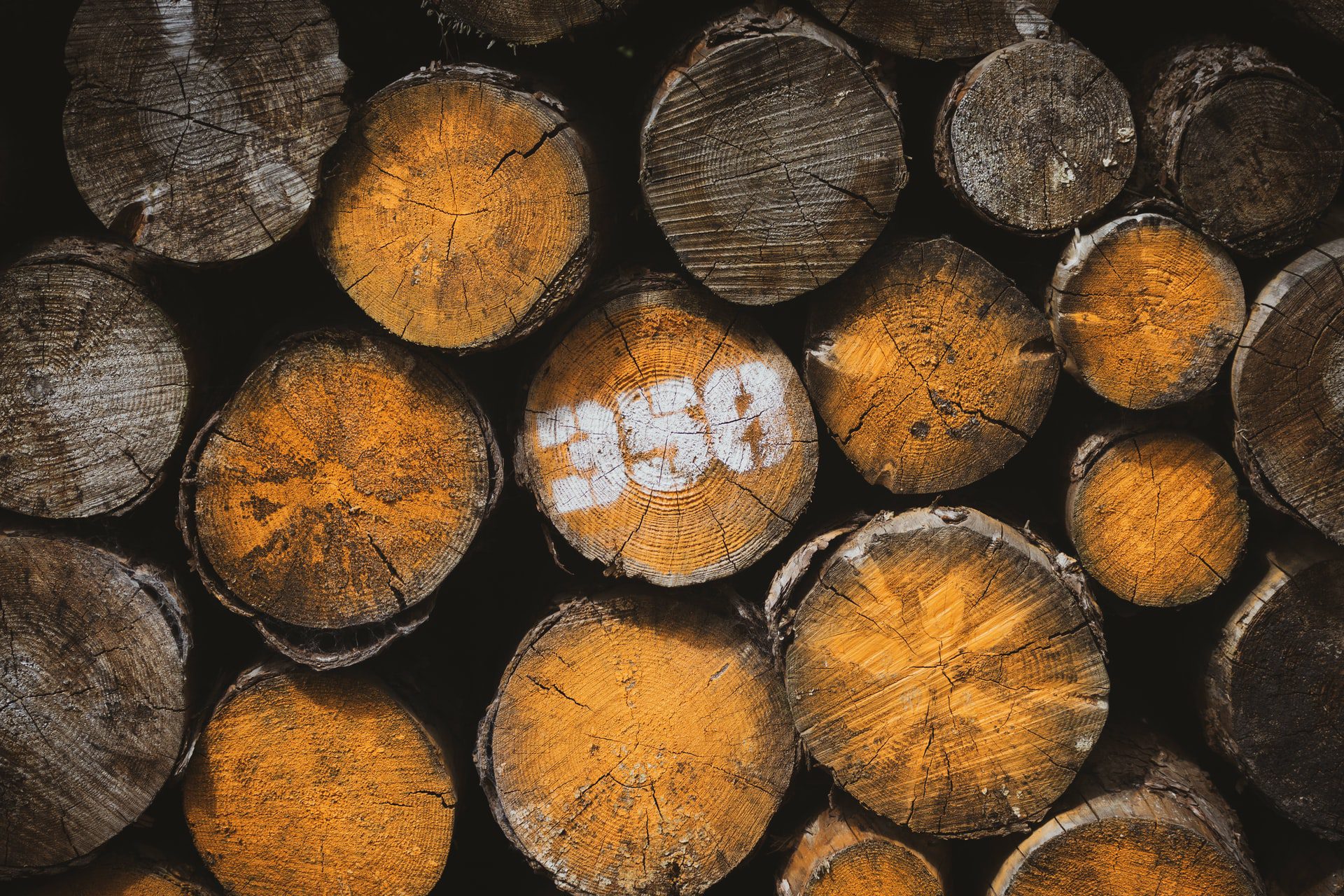Eleven conservation and climate entities call on Agriculture Secretary Tom Vilsack to ban the use of federal funds for the planning, design, construction and maintenance of logging roads in the Tongass National Forest .
Among their concerns are the potential negative impact of logging on tourism and salmon habitat.
The coalition told Vilsack in its letter of Monday, April 19 that the timber industry in the Tongass National Forest has benefited for decades from hundreds of millions of dollars in taxpayer subsidies in the timber harvesting sector.
“If all the costs of road construction, maintenance and timber sales in Tongass are factored in, Tongass timber subsidies have cost taxpayers around $ 600 million over the past 20 years. years, in large part due to the cost of designing, constructing and maintaining new forest roads. “, said the letter.
Tessa Axelson, executive director of the Alaska Forest Association in Ketchikan, said the AFA was not supporting the demand from conservation and climate entities. The AFA supports the pursuit of federal resources for the design, construction and maintenance of these forest roads in Tongass, she said.
“We believe that investing federal funds in this forest infrastructure is essential for the forest products industry,” said Axelson. “The operators who work in Tongass are really focused on continuing our operations and having a working forest that allows jobs in the communities that have access to these sites.
The Conservation and Climate Action Coalition noted that in recent years, the tourism and commercial fishing industries that depend on the health of the country’s largest national forest have generated $ 1 billion each in annual economic benefits. .
Meanwhile, the US Forest Service is losing about $ 600 for every 1,000 board feet of lumber sold in the Tongass, and current plans call for the Forest Service to offer lumber sales of nearly 300 million board feet. over the next five years, the coalition said. Based on historical averages, those planned sales would cost taxpayers more than $ 180 million, with maintenance and upkeep costs piling up in years to come, they said.
Katie Riley, director of policy for the Sitka Conservation Society, cited the Forest Service’s efforts of wasted taxpayer money to promote the sale of old lumber from North Kuiu in 2016 and 2018 as an example.
“They spent over $ 4.5 million preparing for it, over $ 3 million just on the road,” said Riley, one of the signatories of the letter. “That money was completely wasted preparing a lumber sale that no one wanted. “
Riley said she hoped the Agriculture Department would side with Southeast Alaska’s economy, seeing the value of salmon produced in the Tongass National Forest, the value of keeping the land. unspoiled and wilderness and the value of the forest as a carbon sink. Tongass stores 8% of the carbon of all the forests in the Lower 48 combined, according to a report by the Forest Service, storing more than 1.5 billion metric tonnes of carbon dioxide equivalent and sequestering an additional 10 million metric tonnes each. year, according to a report from the Center for American Progress. The coalition also cites Forest Service research which found that for every acre of old growth forest harvested, 70 metric tonnes of carbon dioxide equivalent are released.
The letter was signed by representatives from Alaska Rainforest Defenders, Alaska Wilderness League, Defenders of Wildlife, Earthjustice, Environment America, National Audubon Society, Natural Resources Defense Council, Sierra Club of British Columbia, Sitka Conservation Society, The Wilderness Society, Women’s Earth, and Climate Action Network.
Stopping the use of public funds for logging roads would protect Southeast Alaska’s vibrant outdoor economy, hunting, fishing, and outdoor recreation interests, as well as subsistence users of forest resources, and would put the Forest Service on a more sustainable path for the future, the group said.











More Stories
US Department of Agriculture awards $50 million grant to sugar beet industry – Agweek
New York State Department of Agriculture Announces Statewide Urban Agriculture Study
Department of Agriculture Launches New Favorite PA Website Connecting Pennsylvanians to PA Products and Agricultural Destinations